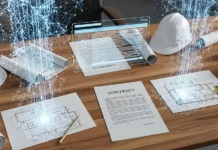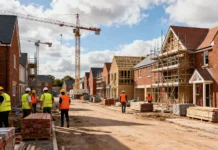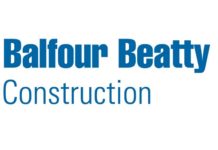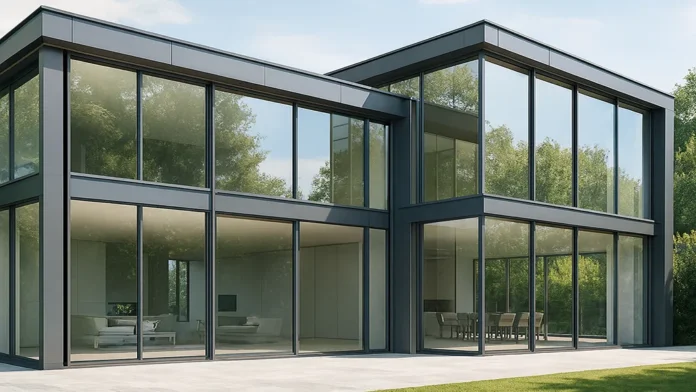Modern construction is moving forward at a remarkable pace. Homes and commercial buildings are no longer just structures. They are carefully engineered environments that prioritise sustainability, strength, beauty, and long-term performance.
At the center of this progress is aluminum. Once considered a purely practical material, it has now become a driving force behind some of the most innovative architectural achievements of today.
Advanced aluminum design is changing how spaces are built, how people live, and how buildings respond to the demands of contemporary life. Here is how this material is shaping the future of modern construction in ways that are both exciting and transformative.
Lightweight Strength That Supports Ambitious Architecture
One of aluminum’s greatest advantages is its exceptional strength-to-weight ratio. It is strong enough to support wide glass spans, large openings, and bold architectural concepts, yet light enough to install with ease and precision.
This allows architects to design structures that feel more open, expansive, and fluid. From panoramic glazing to multi-panel openings, aluminum frames make it possible to push boundaries without compromising stability or safety.
Its strength also ensures long-term resilience, reducing the need for frequent replacements or major maintenance. This makes aluminum a practical choice for future-focused construction.
Precision Engineering for Sleek, Modern Lines
Modern buildings rely on clean lines, seamless transitions, and minimal visual interruptions. Aluminum offers the perfect material for this design direction because it can be crafted with exact accuracy.
Slim frames, crisp edges, and refined finishes give homes and commercial spaces a contemporary elegance that feels timeless rather than trendy.
Advanced design options, such as NOW Aluminium bifold doors, highlight how engineering and style can work together.
These precision-made solutions create fluid movement, wide openings, and uninterrupted views that match the aesthetic expectations of today’s homeowners and designers.
Environmental Sustainability at the Forefront
Sustainability is no longer optional in construction. Aluminum’s recyclability makes it one of the most eco-friendly materials available. It can be recycled repeatedly without losing its quality or strength, significantly reducing the environmental impact of new building projects.
Additionally, modern aluminum systems include energy-efficient glazing, thermal breaks, and improved insulation. These features help buildings maintain comfortable temperatures, reduce energy consumption, and meet increasingly strict environmental standards.
As the construction sector continues to prioritize climate-conscious choices, aluminum remains a key part of that shift.
Long Lasting Performance in All Weather Conditions
Homes and commercial spaces must withstand diverse climates, shifting seasons, and years of everyday use. Aluminum naturally resists corrosion, warping, rotting, and rust, making it perfectly suited for long-term exposure to the elements.
Whether it faces coastal moisture, intense sunlight, heavy rain, or colder climates, aluminum maintains its shape, strength, and appearance.
This durability reduces the long-term cost of ownership and ensures that buildings retain their original beauty and function long after installation.
Design Flexibility That Inspires Innovation
From ultra-modern urban builds to beautifully restored heritage properties, aluminum adapts effortlessly to different architectural styles. It can be powder coated in a wide range of colors, shaped into numerous profiles, and customized to fit unique design ambitions.
This adaptability encourages architects and builders to explore creative solutions and reimagine how spaces can function. Large glazing walls, open plan transitions, flexible living areas, and integrated indoor-outdoor spaces all become easier to achieve with aluminum at the core of the design.
A Future Focused Material for a Future Focused Industry
Construction trends continue to move toward smart, efficient, and visually striking design. Aluminum’s combination of precision engineering, sustainability, durability, and beauty positions it perfectly for this era of architectural innovation.
As technology advances, we can expect aluminum systems to become even more energy efficient, more versatile, and more integrated with intelligent building solutions.
The future of construction will rely on materials that can perform, adapt, and elevate the built environment, and aluminum is already proving itself as a leader in this transformation.
The Takeaway
Advanced aluminum design is not just influencing modern construction. It is redefining it. With its exceptional strength, sustainability, precision, and design versatility, aluminum is helping shape buildings that are brighter, smarter, and better prepared for the future.
For homeowners, architects, and builders alike, it offers the freedom to create spaces that feel fresh, open, and enduring.



























